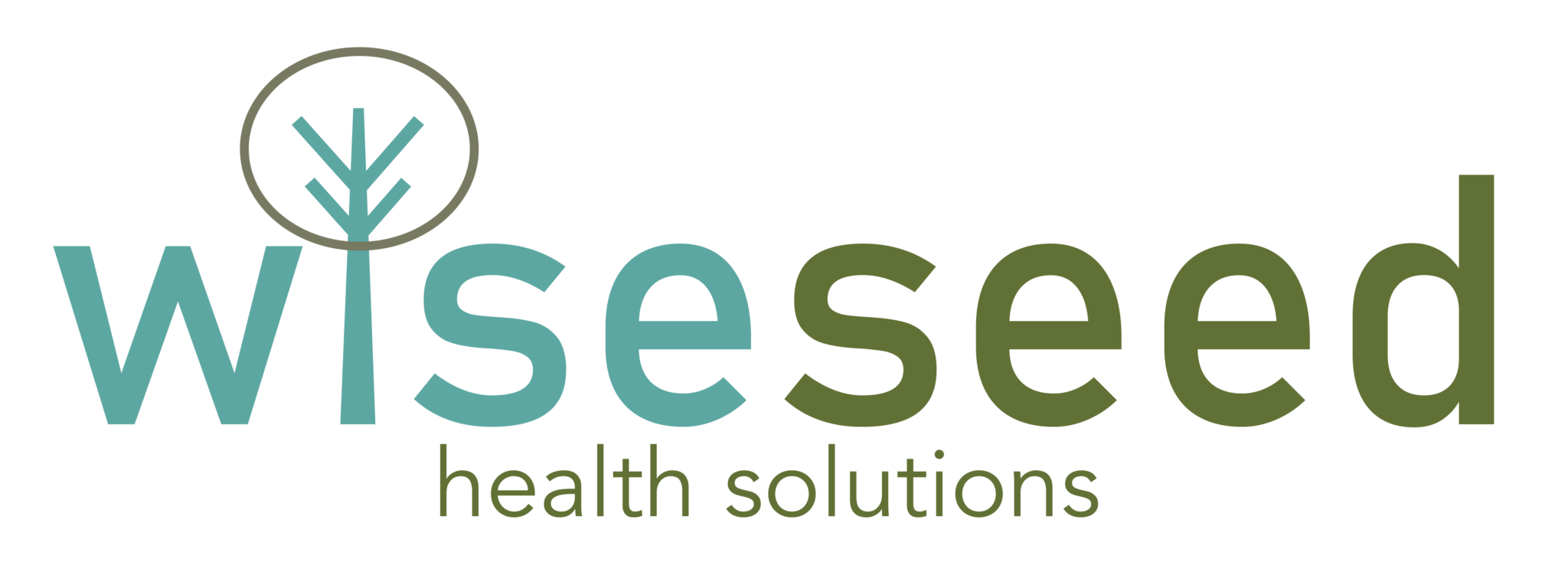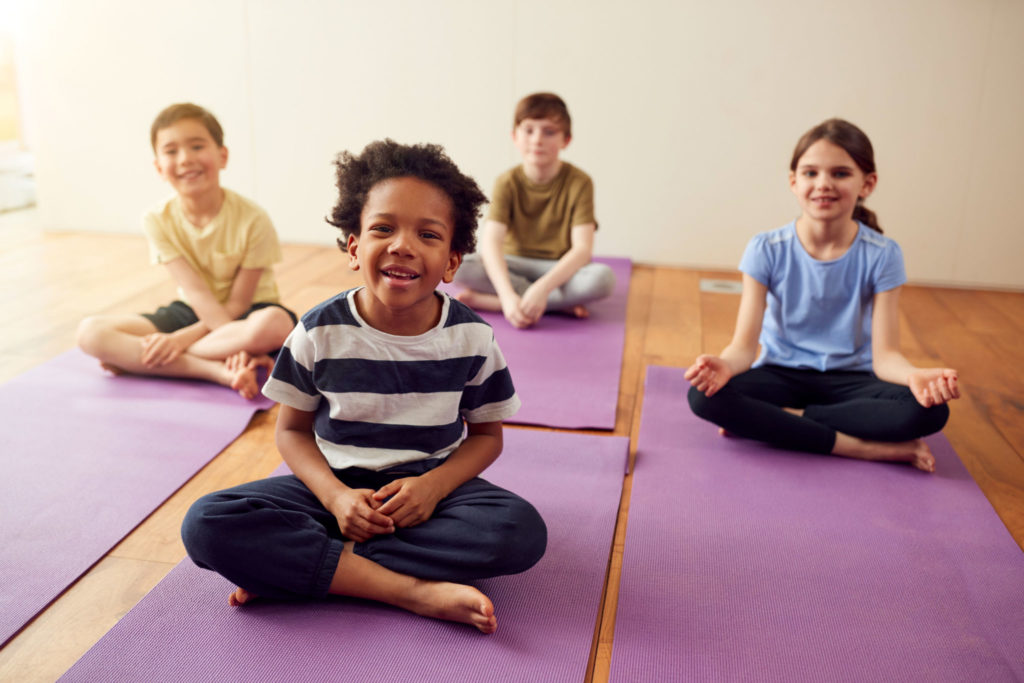Four Lifestyle Interventions for Healthy Bones

Introduction
As we age, we become increasingly fragile. Most people are completely unaware that they are physically fragile until they experience a relatively minor fall or bump that leads to a major fracture. Fragility fractures commonly occur in the pelvis, hip and spine. Unfortunately, these type fractures are extremely serious and can lead to long term disability and even premature death.
The good news is that recent advances in exercise and nutritional science have identified safe and effective lifestyle interventions that can reduce and perhaps prevent the age-dependent loss of bone and muscle mass. In this article I summarise four interventions that you can readily integrate into your lifestyle to prevent physical fragility and stay resilient.
The Fragility Syndrome
There are two particularly debilitating syndromes that work together to make you fragile as you age: decreasing bone density, and the progressive loss of muscle.
Osteoporosis and osteopenia: The Loss of Bone Density and Strength
Osteoporosis and osteopenia are an age-related syndrome involving a loss of bone mass, structure and strength 1. Loss of bone density predisposes people to an increased risk of fracture 1, with even minor accidents resulting in serious fractures. Osteoporosis is the more severe form of the syndrome, and is clinically defined as a bone mineral density (BMD) score 2.5 standard deviations below the mean for young adults 2. Osteopenia (low bone mass) fall between 1.0 and 2.5 standard deviations below the mean for young adults 2. Osteoporosis and osteopenia are the most common bone disease in the world 3. For example, nearly two third of Australians over 50 suffer from low bone mass , about half of adults in the US are at risk of fracture due to bone weakness, and in China around 23% of men and 50 % of women aged 50 years or more have fragile bones 4.
Sarcopenia: The Loss of Muscle Mass and Power
Sarcopenia, the progressive loss of muscle mass that is a hallmark of aging, occurs in everyone 5. Physical decline of your muscles starts at around the age of 30, but really gets going after the age of 50 6. Without active intervention, muscle loss occurs at a rate of approximately 0.5 – 2% per year after the age of 50 7-9. This loss of muscle compromises strength, endurance, and overall physical performance 10-12. Sarcopenia is highly prevalent in the elderly population, with 30% of people over the age of 65 years and 50% of the population over the age of 80 years suffering from sarcopenia 13,14. Sarcopenia is highly predictive of disability, poor quality of life and all-cause mortality 13.
Osteosarcopenia: The Double Whammy
Sarcopenia and osteoporosis often develop simultaneously in people, a syndrome known as osteosarcopenia. This phenomenon is illustrated in a study of over 17,000 men and women of African American, Caucasian, and Chinese ethnicities 15. Men and women with high muscle mass were more likely to have high bone density 15. In contrast, those men and women who had low muscle mass were far more likely to suffer from osteoporosis 15. The combination of weak muscles and fragile bones is extremely dangerous because muscle weakness increases the probability of falling, and having fragile bones greatly increases the chance of incurring a fracture when you fall 16. Those people who have both low muscle mass and low bone density are at the greatest risk of experiencing one or more serious fractures during their lifetime 16.
The consequence of being physically fragile
Being physically fragile has consequences. Unfortunately, the incidence of bone fractures due to low bone density is depressingly high, particularly in women. Around 50% of women over 50 will experience at least one bone fracture in their lifetime 17. The risk for men is lower, yet still significant, with 29% of men over 60 years of age likely to experience at least one fracture 18.
Low bone density increases the risk of fracturing all bones 18, however the most common fracture sites are the forearm, hip, pelvis and spine. Women are significantly more at risk of wrist fractures than men. One in three women will experience a wrist fracture in their lifetime 19, at great physical and financial cost 20.
Fractures of the hip and pelvis are more serious, especially for those over 60. For example, 60% of pelvis fractures require lengthy hospital stay, and they have a mortality rate of around 14% in older adults 21,22. It’s estimated that 18% of women and 6% of men will experience a hip fracture in their lifetimes 23.
Hip fractures usually require hospitalisation and significantly increase your chance of dying 24 22. Moreover, the long-term disability that results from a hip fracture is alarming. One year after fracturing a hip, 40% of patients are still unable to walk independently, and 60% have difficulty with at least one essential activity of daily living 22.
Similarly, fractures of the vertebrae significantly increase your chance of dying early, as well as inflicting large amounts of pain and disability 22,25. For reasons currently unknown, men have a significantly higher risk of dying from pelvis, hip and spinal fractures than do women 22.
Four Simple Lifestyle Interventions to help you dodge the fragility bullet
Step 1: Have a Balanced Diet
We have argued previously that diet is one of the fundamental pillars of successful aging, and for good reason. There is strong evidence that having a balanced diet that includes fruit, vegetables, whole grains, healthy fats, and high-quality protein is essential for maintaining bone density and muscle mass 26. A well-studied example that we recommend is the Mediterranean Diet 26. A healthy and varied dietary approach, such as the Mediterranean Diet, ensures that you get the necessary micronutrients necessary for bone and muscle health; in particular calcium, magnesium, potassium, vitamin K and of course protein and essential fats 26.
Another advantage of a enjoying a healthy diet that includes a diverse range of fruit and vegetables is that it provides a variety of antioxidant and polyphenols that help combat oxidative stress and chronic inflammation that contribute to reduced muscle mass and bone density 26.
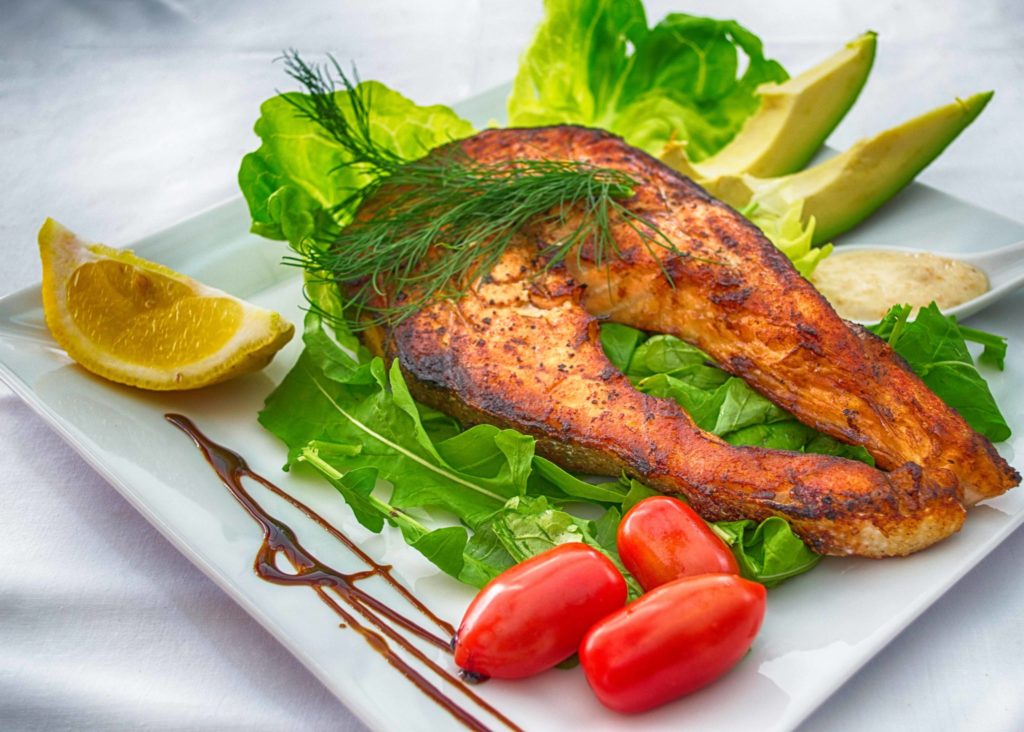
Step 2: Combining Resistance and Impact Training for improving Bone Density and Muscle Size, Strength and Power
Another pillar of successful aging is exercise. Regular exercise is essential if you want to avoid physical frailty, but in the context of avoiding frailty, how you exercise really matters.
Mechanical loading is the only known osteobolic (bone growth inducing) stimuli, providing it is provided in the form of high mechanical strain 27, high repetitive impact 28,29, or both 30. Exercise programs that optimally improve and preserve bone health in older adults should therefore combine high-intensity resistance training with some form of impact training. Impact training can take the form of sports that involve sprinting and jumping, or engaging in a structured plyometric exercise routine.
In support of this idea, it has been shown that resistance training improves bone mineral density in pre- and post-menopausal women 31. Impact training alone in the form of structured jump-training increases bone density in pre- and post-menopausal women 32-34. In men, either resistance training or impact training improved bone density in men suffering from osteoporosis 35. Further, impact exercise alone, when performed daily over a period of 12 months, significantly improved the bone density of older males 36.
More recently it was shown that an 8 month intervention consisting of a combination of resistance exercise and impact exercises is both safe and effective in improving bone density, muscle mass and muscle strength in post-menopausal women and older men with low bone density 37-39. What is most exciting about these studies is that they show, for the first time, that high intensity resistance combined with impact training is enjoyable, effective, and most importantly safe for older adults suffering from low bone density.
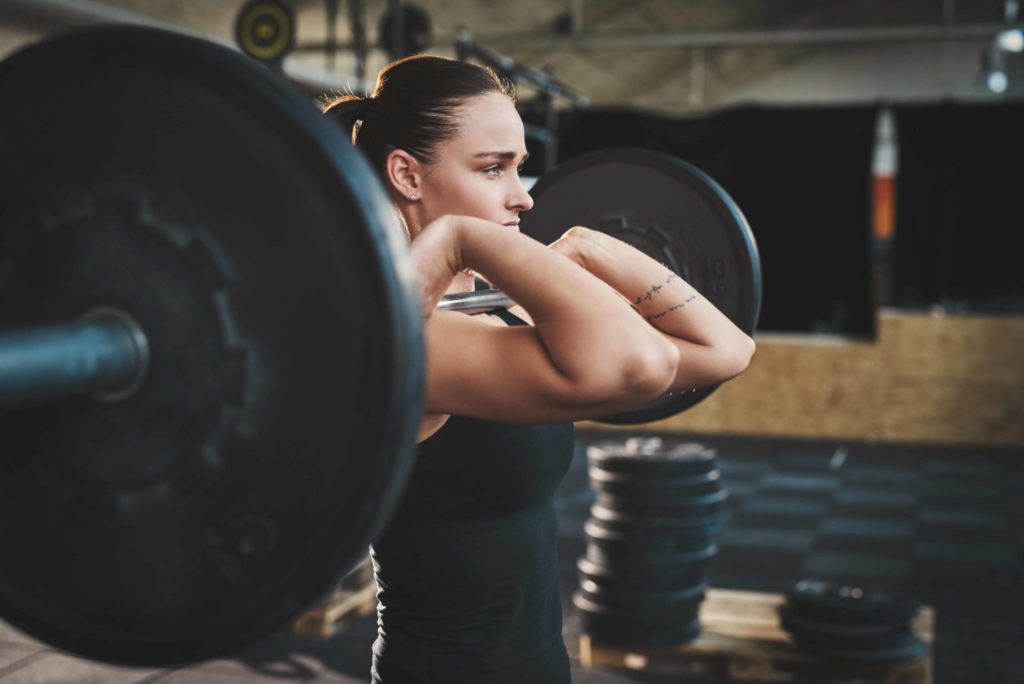
Step 3: Elevate Your Protein Intake
Adequate protein consumption is essential to support both muscle and bone. However, older adults find it more challenging than young adults to maintain and increase muscle mass, a phenomenon known as anabolic resistance 40.
Anabolic resistance is caused by age-dependent impairments at multiple levels of human physiology 40. Fortunately, resistance exercise combined with high quality protein consumption is known to overcome anabolic resistance in older adults 41. Muscle tissues of adults of all ages respond to regular exercise 40. Importantly, engaging in resistance exercise prior to protein ingestion has been shown to restore muscle protein rates in older adults to levels similar to those in young control subjects 40,42.
However, it’s important to note that older adults require more protein to maximally stimulate muscle growth after exercise. In young men, maximal post-exercise muscle synthesis rates can be achieved at 20 g of high-quality dietary protein 43-45. However, elderly males require 40 g of protein to maximally stimulate muscle growth after exercise 44. A recent randomised controlled clinical trial in older women confirmed that at least 35 g of whey protein supplementation was required to increase muscle mass, muscular strength, and functional capacity in older women 46.
Thus, for older adults, more dietary protein is required to overcome anabolic resistance and maximise muscle gains. The recommendation is older adults increase their protein intake to around 1.5 g/kg/day, and consume 35-40 g of high-quality protein supplementation after exercise, in order to maintain and improve muscle as they age 47.
Step 4: Supplement with Vitamin D and Calcium if necessary

Supplementation of vitamin D and/or calcium is only beneficial if you are deficient in one or both nutrients. Determining whether you should supplement with vitamin D or calcium requires accurate serum testing, which is best done in collaboration with a qualified health care professional.
It’s recommended that you maintain your serum vitamin D levels at or above 50 nm per litre. For example, when following over 1000 Royal Marine recruits, it was found that recruits who had a baseline serum vitamin D concentration below 50 nmol per litre had a significantly increased risk of stress fracture 48. Low levels of vitamin D are also associated with muscle loss 40. Thus, maintaining optimal vitamin D levels are important to preserve both muscle and bone mass as you age.
The Institute of Medicine recommends that adults maintain a daily calcium intake of 1,000 to 1,200 mg for preventing osteoporosis and reducing fracture risk 49. To reach this level, you may need to supplement your diet with calcium, particularly if you are vegan or consuming large amounts of protein. However, there may be harmful consequences of excess calcium supplementation 49. For these reasons, we suggest that, if possible, you use a balanced and varied diet to secure your daily calcium intake.
Conclusion
Increasing physical fragility has long been an inevitable consequence of the aging process. But this doesn’t have to happen to you. Four safe, simple, and effective lifestyle interventions can maintain and possibly increase your bone density, muscle mass and muscle function into old age.
The combination of a healthy diet, an exercise regime that includes heavy lifting and repetitive impact, increasing your protein intake, and if necessary supplementing with vitamin D and calcium, are clinically proven to improve your physical resilience and help you avoid frailty.
I’ll be writing two follow-up articles going into the details about how to implement impact training for your upper and lower body.
Please click on the link below to download the free PDF of this article.
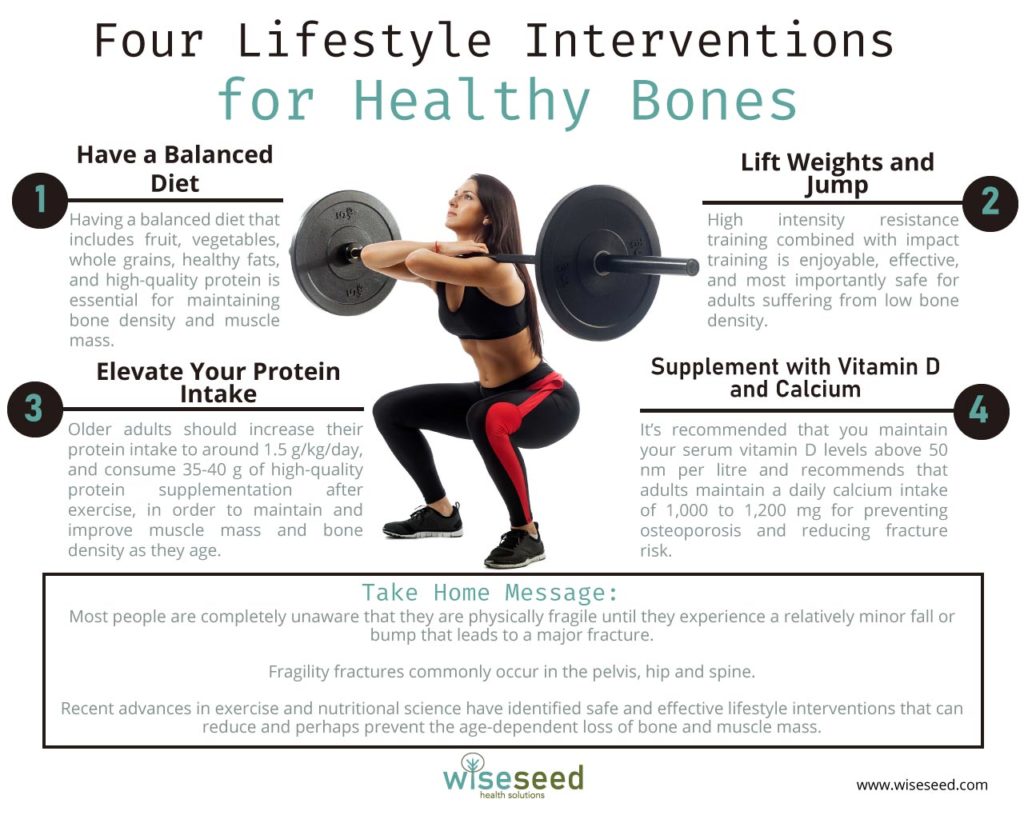
References and Further Reading
1 Watts, J., Abimany-Ochom, J., Sanders, KM. Osteoporosis costing all Australians A new burden of disease analysis – 2012 to 2022. Osteoporosis Australia (2013).
2 WHO. Assessment of fracture risk and its application to screening for postmenopausal osteoporosis. Report of a WHO Study Group. World Health Organ Tech Rep Ser 843, 1-129 (1994).
3 Yang, T. L. et al. A road map for understanding molecular and genetic determinants of osteoporosis. Nat Rev Endocrinol 16, 91-103, doi:10.1038/s41574-019-0282-7 (2020).
4 Wang, Y., Tao, Y., Hyman, M., Li, J. & Chen, Y. Osteoporosis in China. Osteoporosis International 20, 1651-1662 (2009).
5 Evans, W. J. What is sarcopenia? J Gerontol A Biol Sci Med Sci 50 Spec No, 5-8 (1995).
6 Picca, A. et al. Biomarkers of Physical Frailty and Sarcopenia: Coming up to the Place? Int J Mol Sci 21, 5635 (2020).
7 Buford, T. W. et al. Models of accelerated sarcopenia: critical pieces for solving the puzzle of age-related muscle atrophy. Ageing Res Rev 9, 369-383, doi:10.1016/j.arr.2010.04.004 (2010).
8 Moore, C. M. & Leonardi-Bee, J. The prevalence of pain and disability one year post fracture of the distal radius in a UK population: a cross sectional survey. BMC Musculoskelet Disord 9, 129, doi:10.1186/1471-2474-9-129 (2008).
9 Mitchell, W. K. et al. Sarcopenia, dynapenia, and the impact of advancing age on human skeletal muscle size and strength; a quantitative review. Front Physiol 3, 260, doi:10.3389/fphys.2012.00260 (2012).
10 Cherin, P., Voronska, E., Fraoucene, N. & de Jaeger, C. Prevalence of sarcopenia among healthy ambulatory subjects: the sarcopenia begins from 45 years. Aging Clin Exp Res 26, 137-146, doi:10.1007/s40520-013-0132-8 (2014).
11 Dirks, M. L. et al. Skeletal muscle disuse atrophy is not attenuated by dietary protein supplementation in healthy older men. J Nutr 144, 1196-1203, doi:10.3945/jn.114.194217 (2014).
12 Suetta, C. et al. Aging affects the transcriptional regulation of human skeletal muscle disuse atrophy. PLoS One 7, e51238, doi:10.1371/journal.pone.0051238 (2012).
13 Cruz-Jentoft, A. J., Landi, F., Topinkova, E. & Michel, J. P. Understanding sarcopenia as a geriatric syndrome. Curr Opin Clin Nutr Metab Care 13, 1-7, doi:10.1097/MCO.0b013e328333c1c1 (2010).
14 Levinger, I. P., S. Duque, G. Sarcopenia and Osteoporotic Fractures. Clinic Rev Bone Miner Metab 14, 38-44, doi:DOI 10.1007/s12018-016-9204-6 (2016).
15 He, H. et al. Relationship of sarcopenia and body composition with osteoporosis. With other metabolic bone diseases 27, 473-482, doi:10.1007/s00198-015-3241-8 (2016).
16 Kirk, B., Miller, S., Zanker, J. & Duque, G. A clinical guide to the pathophysiology, diagnosis and treatment of osteosarcopenia. Maturitas 140, 27-33, doi:10.1016/j.maturitas.2020.05.012 (2020).
17 Reid, I. R. A broader strategy for osteoporosis interventions. Nat Rev Endocrinol 16, 333-339, doi:10.1038/s41574-020-0339-7 (2020).
18 Compston, J. E., McClung, M. R. & Leslie, W. D. Osteoporosis. Lancet 393, 364-376, doi:10.1016/s0140-6736(18)32112-3 (2019).
19 Ahmed, L. A. et al. The gender- and age-specific 10-year and lifetime absolute fracture risk in Tromso, Norway. Eur J Epidemiol 24, 441-448, doi:10.1007/s10654-009-9353-8 (2009).
20 Svedbom, A. et al. Osteoporosis in the European Union: a compendium of country-specific reports. Arch Osteoporos 8, 137, doi:10.1007/s11657-013-0137-0 (2013).
21 Prieto-Alhambra, D. et al. Burden of pelvis fracture: a population-based study of incidence, hospitalisation and mortality. Osteoporosis international 23, 2797-2803 (2012).
22 Morin, S. et al. Mortality rates after incident non-traumatic fractures in older men and women. Osteoporosis international 22, 2439-2448 (2011).
23 Veronese, N. & Maggi, S. Epidemiology and social costs of hip fracture. Injury 49, 1458-1460, doi:10.1016/j.injury.2018.04.015 (2018).
24 Kannegaard, P. N., van der Mark, S., Eiken, P. & Abrahamsen, B. Excess mortality in men compared with women following a hip fracture. National analysis of comedications, comorbidity and survival. Age and ageing 39, 203-209 (2010).
25 Kado, D. M. et al. Vertebral fractures and mortality in older women: a prospective study. Arch Intern Med 159, 1215-1220 (1999).
26 Palomeras-Vilches, A. et al. Adherence to the Mediterranean Diet and Bone Fracture Risk in Middle-Aged Women: A Case Control Study. Nutrients 11, doi:10.3390/nu11102508 (2019).
27 Rubin, C. T. & Lanyon, L. E. Regulation of bone mass by mechanical strain magnitude. Calcif Tissue Int 37, 411-417, doi:10.1007/bf02553711 (1985).
28 O’Connor, J. A., Lanyon, L. E. & MacFie, H. The influence of strain rate on adaptive bone remodelling. J Biomech 15, 767-781, doi:10.1016/0021-9290(82)90092-6 (1982).
29 Rubin, C. T. & McLeod, K. J. Promotion of bony ingrowth by frequency-specific, low-amplitude mechanical strain. Clin Orthop Relat Res, 165-174 (1994).
30 Watson, S. et al. High-Intensity Resistance and Impact Training Improves Bone Mineral Density and Physical Function in Postmenopausal Women With Osteopenia and Osteoporosis: The LIFTMOR Randomized Controlled Trial. J Bone Miner Res 34, 572, doi:10.1002/jbmr.3659 (2019).
31 Kelley, G. A., Kelley, K. S. & Tran, Z. V. Resistance training and bone mineral density in women: a meta-analysis of controlled trials. Am J Phys Med Rehabil 80, 65-77, doi:10.1097/00002060-200101000-00017 (2001).
32 Heinonen, A. et al. Randomised controlled trial of effect of high-impact exercise on selected risk factors for osteoporotic fractures. Lancet 348, 1343-1347, doi:10.1016/S0140-6736(96)04214-6 (1996).
33 Vainionpaa, A., Korpelainen, R., Leppaluoto, J. & Jamsa, T. Effects of high-impact exercise on bone mineral density: a randomized controlled trial in premenopausal women. Osteoporos Int 16, 191-197, doi:10.1007/s00198-004-1659-5 (2005).
34 Kato, T. et al. Effect of low-repetition jump training on bone mineral density in young women. J Appl Physiol (1985) 100, 839-843, doi:10.1152/japplphysiol.00666.2005 (2006).
35 Hinton, P. S., Nigh, P. & Thyfault, J. Effectiveness of resistance training or jumping-exercise to increase bone mineral density in men with low bone mass: A 12-month randomized, clinical trial. Bone 79, 203-212, doi:10.1016/j.bone.2015.06.008 (2015).
36 Allison, S. J., Folland, J. P., Rennie, W. J., Summers, G. D. & Brooke-Wavell, K. High impact exercise increased femoral neck bone mineral density in older men: a randomised unilateral intervention. Bone 53, 321-328, doi:10.1016/j.bone.2012.12.045 (2013).
37 Harding, A. T. et al. A comparison of bone‐targeted exercise strategies to reduce fracture risk in middle‐aged and older men with osteopenia and osteoporosis: LIFTMOR‐M semi‐randomized controlled trial. Journal of Bone and Mineral Research (2020).
38 Harding, T. A. et al. Bone-targeted Exercise For Older Men With Osteopenia And Osteoporosis: LIFTMOR For Men Trial Preliminary Findings: 849 Board #83 May 29 3:30 PM – 5:00 PM. Medicine & Science in Sports & Exercise 51, 211-211, doi:10.1249/01.mss.0000561140.99133.95 (2019).
39 Watson, S. L. et al. High-Intensity Resistance and Impact Training Improves Bone Mineral Density and Physical Function in Postmenopausal Women With Osteopenia and Osteoporosis: The LIFTMOR Randomized Controlled Trial. J Bone Miner Res 33, 211-220, doi:10.1002/jbmr.3284 (2018).
40 Endo, Y., Nourmahnad, A. & Sinha, I. Optimizing Skeletal Muscle Anabolic Response to Resistance Training in Aging. Front Physiol 11, 874, doi:10.3389/fphys.2020.00874 (2020).
41 Burd, N. A. et al. Enhanced amino acid sensitivity of myofibrillar protein synthesis persists for up to 24 h after resistance exercise in young men. J Nutr 141, 568-573, doi:10.3945/jn.110.135038 (2011).
42 Pennings, B. et al. Amino acid absorption and subsequent muscle protein accretion following graded intakes of whey protein in elderly men. Am J Physiol Endocrinol Metab 302, E992-999, doi:10.1152/ajpendo.00517.2011 (2012).
43 Moore, D. R. et al. Ingested protein dose response of muscle and albumin protein synthesis after resistance exercise in young men. Am J Clin Nutr 89, 161-168, doi:10.3945/ajcn.2008.26401 (2009).
44 Yang, Y. et al. Resistance exercise enhances myofibrillar protein synthesis with graded intakes of whey protein in older men. Br J Nutr 108, 1780-1788, doi:10.1017/S0007114511007422 (2012).
45 Witard, O. C. et al. Myofibrillar muscle protein synthesis rates subsequent to a meal in response to increasing doses of whey protein at rest and after resistance exercise. Am J Clin Nutr 99, 86-95, doi:10.3945/ajcn.112.055517 (2014).
46 Nabuco, H. C. G. et al. Effects of Whey Protein Supplementation Pre- or Post-Resistance Training on Muscle Mass, Muscular Strength, and Functional Capacity in Pre-Conditioned Older Women: A Randomized Clinical Trial. Nutrients 10, doi:10.3390/nu10050563 (2018).
47 Cruz-Jentoft, A. J., Dawson Hughes, B., Scott, D., Sanders, K. M. & Rizzoli, R. Nutritional strategies for maintaining muscle mass and strength from middle age to later life: A narrative review. Maturitas 132, 57-64, doi:10.1016/j.maturitas.2019.11.007 (2020).
48 Davey, T. et al. Low serum 25-hydroxyvitamin D is associated with increased risk of stress fracture during Royal Marine recruit training. Osteoporosis International 27, 171-179 (2016).
49 Fagundes Belchior, G., Kirk, B., Pereira da Silva, E. A. & Duque, G. Osteosarcopenia: beyond age-related muscle and bone loss. Eur Geriatr Med11, 715-724, doi:10.1007/s41999-020-00355-6 (2020).
Disclaimer
The material displayed on this website is provided without any guarantees, conditions or warranties as to its accuracy.
Information written and expressed on this website is for education purposes and interest only. It is not intended to replace advice from your medical or healthcare professional.
You are encouraged to make your own health care choices based on your own research and in conjunction with your qualified practitioner.
The information provided on this website is not intended to provide a diagnosis, treatment or cure for any diseases. You should seek medical attention before undertaking any diet, exercise, other health program or other procedure described on this website.
To the fullest extent permitted by law we hereby expressly exclude all warranties and other terms which might otherwise be implied by statute, common law or the law of equity and must not be liable for any damages whatsoever, including but without limitation to any direct, indirect, special, consequential, punitive or incidental damages, or damages for loss of use, profits, data or other intangibles, damage to goodwill or reputation, injury or death, or the cost of procurement of substitute goods and services, arising out of or related to the use, inability to use, performance or failures of this website or any linked sites and any materials or information posted on those sites, irrespective of whether such damages were foreseeable or arise in contract, tort, equity, restitution, by statute, at common law or otherwise.
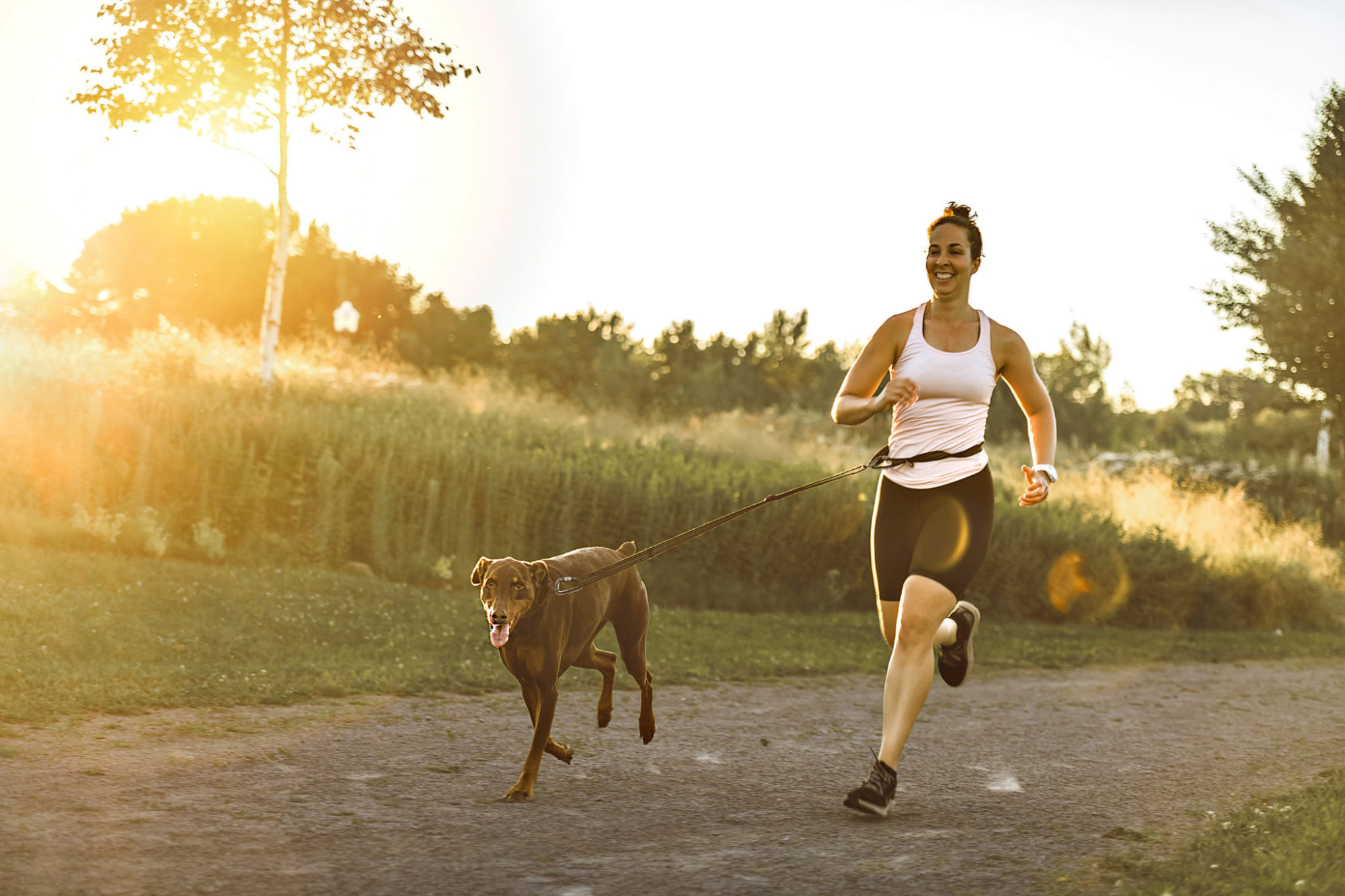
Ten Minutes is All You Need
Research has shown that ten minutes of moderate-to-vigorous exercise performed each day is enough to significantly reduce your risk of early death.
